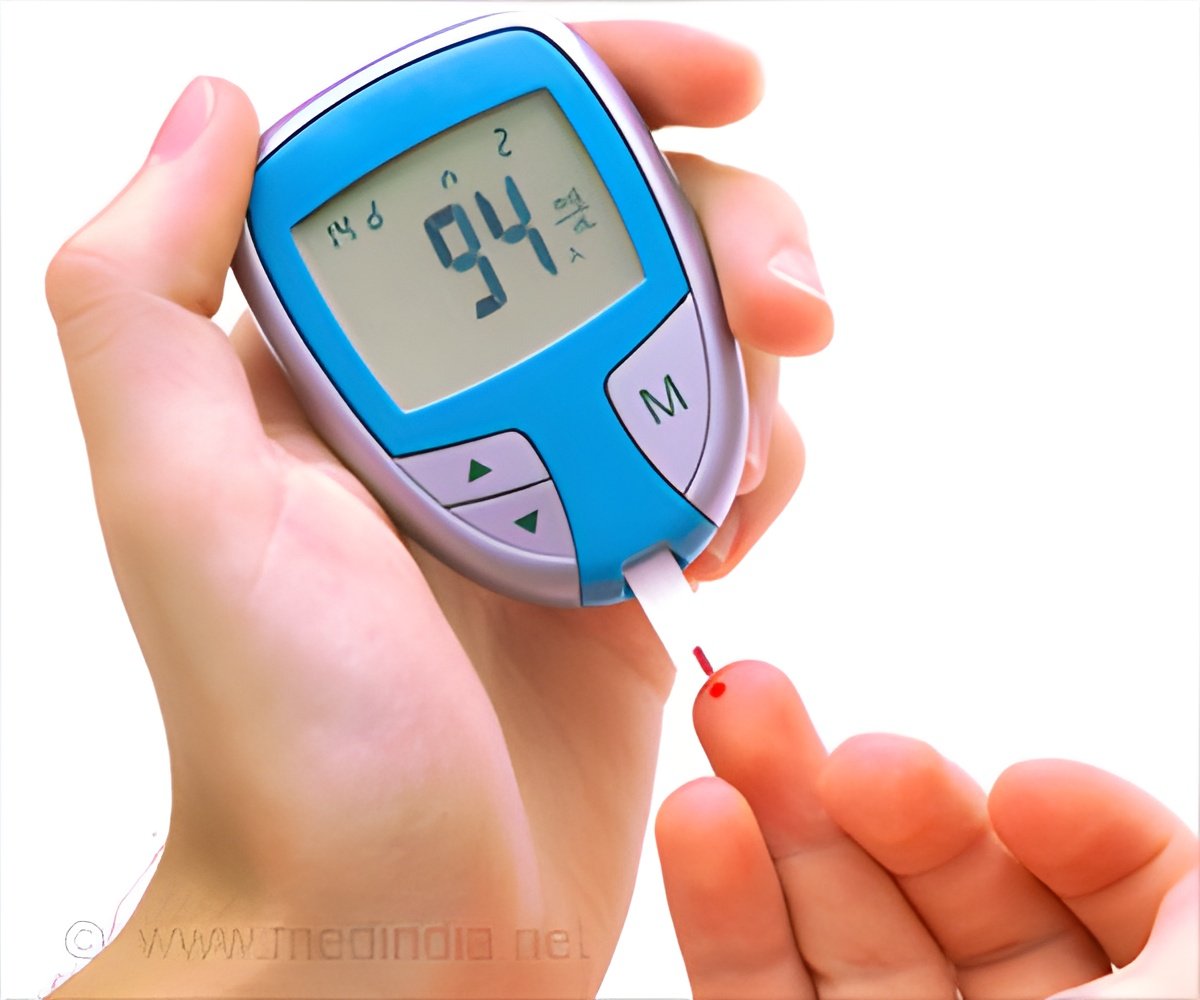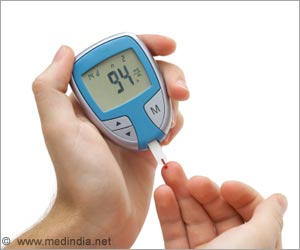
‘The patch, which has been developed, can be used to treat patients with Type-2 diabetes in an efficient way. The patch can function for days, without being exhausted after a single use.’
Tweet it Now
The new study, published online in the journal Nature Communications, showed that the biochemical formula of mineralized compounds in the patch responds to sugar levels for days at a time. In a proof-of-concept study performed with mice, the researchers showed that the biochemically formulated patch of dissolvable micro-needles can make the management of Type-2 diabetes much easier.
"This experimental approach could be a way to take advantage of the fact that persons with Type-2 diabetes can still produce some insulin," said Richard Leapman of National Institute of Biomedical Imaging and Bioengineering (NIBIB), part of National Institutes of Health (NIH), US.
"A weekly micro-needle patch application would also be less complicated and painful than routines that require frequent blood testing," Leapman said.
The base of the experimental patch is material called alginate, a gum-like natural substance extracted from brown algae.
Advertisement
"Alginate is a pliable material it is soft, but not too soft," said lead researcher Xiaoyuan (Shawn) Chen of NIBIB.
Advertisement
Chen's team infused the alginate with a formula of biochemical particles that stimulates the body's own insulin production when needed and curtails that stimulation when normal blood sugar concentration is reached.
The responsive delivery system of the patch can meet the body's need for days instead of being used up all at once, the study said.
Insulin is a hormone made in the pancreas and secreted into the bloodstream to regulate glucose in response to food intake.
It is needed to move glucose from the bloodstream into cells where the sugar can be converted to energy or stored.
In Type-1 diabetes, usually diagnosed in children and young adults, the body does not make insulin at all.
Type-2 diabetes, which can be diagnosed at any age but more commonly as an adult, progressively lessens the body's ability to make or use insulin.
Untreated, diabetes can result in both vascular and nerve damage throughout the body, with debilitating impacts on the eyes, feet, kidneys, and heart.
Global incidence of all types of diabetes is about 285 million people, of which 90 per cent have Type-2 diabetes.
Many require insulin therapy that is usually given by injection just under the skin in amounts that are calculated according to the deficit in naturally generated insulin in the blood. Insulin therapy is not managed well in half of all cases.
The alternate therapy approach developed by NIBIB researchers may eventually make the management of Type-2 diabetes a lot more convenient.
Source-IANS















